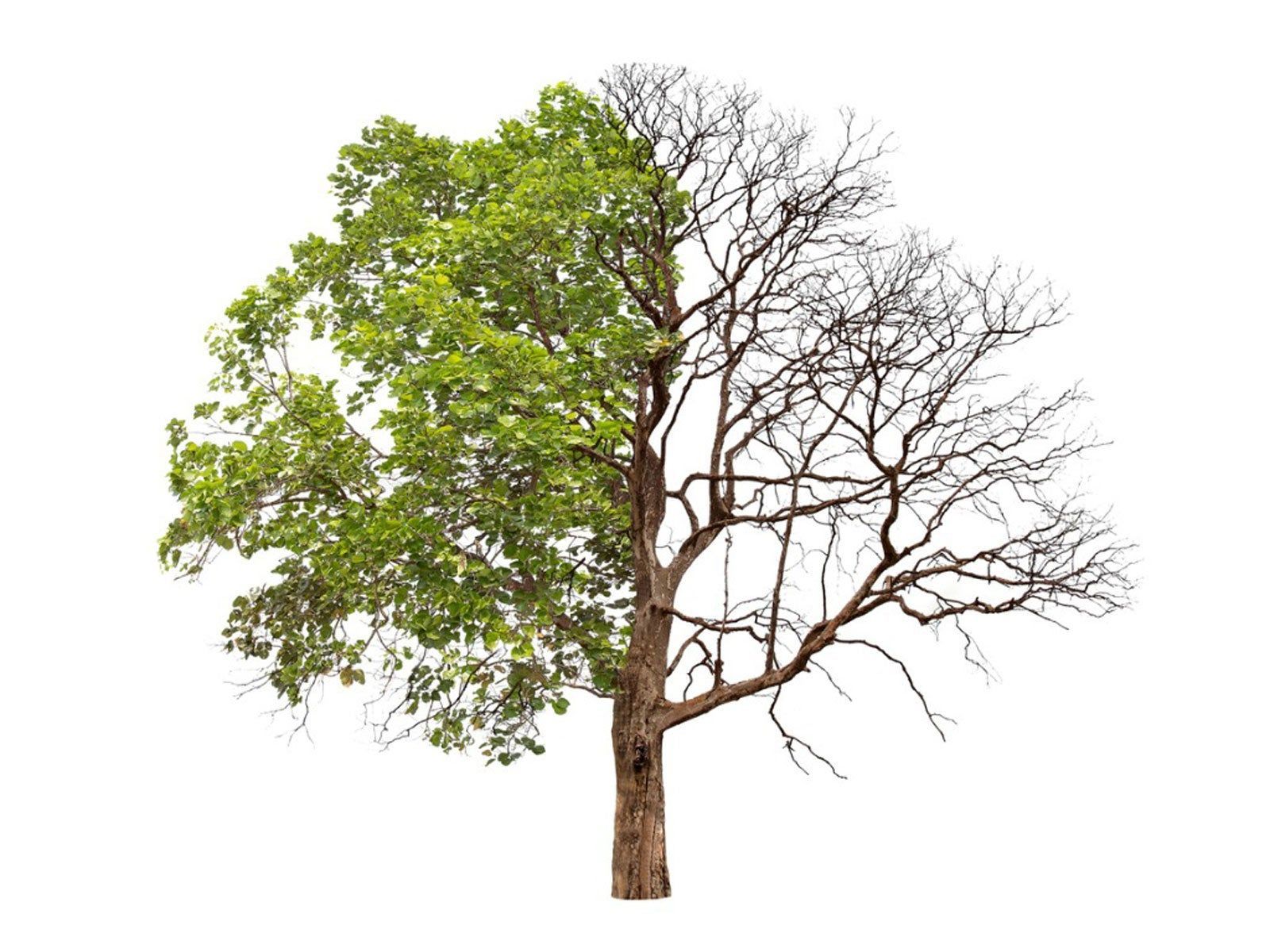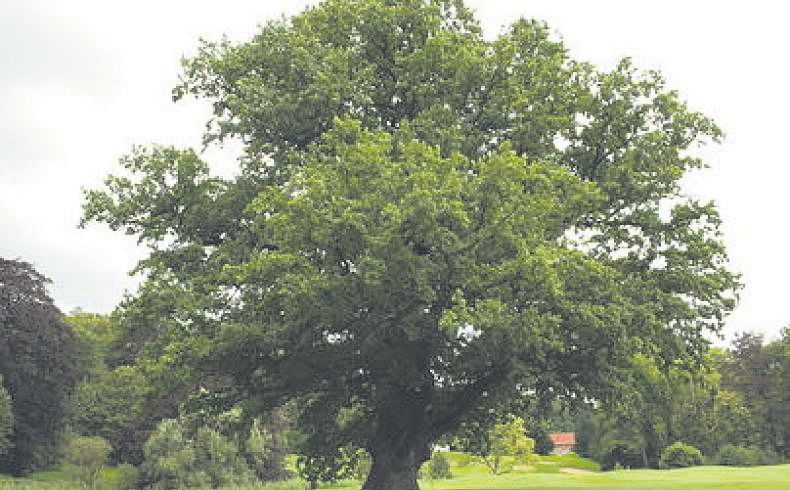How Do I Take Care of My Tree? A Comprehensive Guide
Trees are not just green adornments in our landscapes; they're living entities that require care and attention to thrive. Whether you're a seasoned gardener or a novice enthusiast, understanding the basics of tree care is essential for nurturing healthy, vibrant trees. In this guide, we'll explore the fundamental steps to ensure your tree's well-being and longevity.
1. Regular Watering:
Just like any other living organism, trees need water to survive and flourish. During dry spells, especially in the summer months, it's crucial to provide adequate hydration to your trees. Deep watering, focusing on the root zone, is preferable to frequent shallow watering. Monitor soil moisture levels and adjust your watering schedule accordingly.
2. Mulching:
Mulching not only enhances the aesthetic appeal of your landscape but also provides numerous benefits to tree health. A layer of organic mulch around the base of the tree helps retain moisture, regulate soil temperature, and suppress weed growth. Additionally, as the mulch decomposes, it enriches the soil with essential nutrients.
3. Pruning:
Pruning is an essential aspect of tree care, promoting proper structure, aesthetics, and overall health. Regular pruning helps remove dead, diseased, or damaged branches, improving air circulation and reducing the risk of pests and diseases. It's best to prune during the tree's dormant season to minimize stress and promote vigorous growth.
4. Fertilization
While trees can derive nutrients from the soil, supplemental fertilization may be necessary to maintain optimal health, especially in nutrient-poor soils. Conduct a soil test to determine nutrient deficiencies and apply a balanced fertilizer accordingly. Avoid over-fertilization, as it can lead to nutrient imbalances and environmental pollution.
5. Pest and Disease Management:
Vigilance is key in identifying and addressing pest and disease issues before they escalate. Monitor your trees regularly for signs of infestation or infection, such as unusual discoloration, leaf damage, or pest activity. Consult with a certified arborist if you suspect a problem, as timely intervention can prevent serious damage or loss of the tree.
6. Professional Tree Care:
While many aspects of tree care can be managed by homeowners, certain tasks require the expertise of trained professionals. Consider hiring a certified arborist for complex pruning, tree removal, or diagnostic services. Arborists have the knowledge, skills, and specialized equipment to ensure the health and safety of your trees.
In conclusion, caring for your trees is a rewarding endeavour that contributes to the beauty, health, and sustainability of your landscape. By following these fundamental guidelines and seeking professional assistance when needed, you can enjoy the benefits of lush, thriving trees for years to come. Remember, a little care goes a long way in nurturing our arboreal companions.


Challenges and Opportunities Associated with Trees and Tree Care in the UK 2024
Urban Forestry and Green Infrastructure: With increasing urbanization, there's a growing emphasis on urban forestry and integrating trees into urban landscapes for their environmental, social, and economic benefits. This includes planting and maintaining trees in cities to improve air quality, reduce urban heat island effects, and enhance overall well-being.
Tree Planting Initiatives: Various tree planting initiatives are underway across the UK to combat climate change, enhance biodiversity, and restore degraded landscapes. Organizations and communities are coming together to plant trees in urban areas, parks, woodlands, and along waterways.
Tree Health and Disease Management: The spread of pests and diseases, such as ash dieback and oak processionary moth, poses significant threats to the health of trees in the UK. Efforts to monitor, prevent, and manage these diseases are ongoing, including research into resistant tree species and biosecurity measures.
Community Engagement and Tree Stewardship: There's a growing trend of community involvement in tree care and stewardship. Local groups, volunteers, and organizations are working together to plant, maintain, and protect trees in their neighbourhoods, fostering a sense of ownership and connection to the natural environment.
Climate Change Adaptation: Climate change is impacting tree growth, distribution, and health in the UK. Strategies for adapting urban and rural tree populations to changing environmental conditions, such as selecting climate-resilient tree species and implementing sustainable management practices, are being explored.
Tree Preservation and Planning Policies: With increasing development pressures, there's a need to balance economic growth with tree preservation. Planning policies and regulations are evolving to safeguard valuable trees and woodlands, requiring developers to consider tree protection measures and incorporate green infrastructure into their plans.
Tree Risk Management: Assessing and mitigating risks associated with trees, such as tree failure and damage during extreme weather events, is a critical aspect of tree management. Arborists, local authorities, and landowners are adopting risk management strategies to ensure public safety while preserving trees.
Education and Awareness: Raising awareness about the importance of trees and the benefits they provide is key to fostering a culture of tree care and conservation. Educational programs, workshops, and outreach efforts aim to inform the public about the value of trees and empower individuals to participate in tree-related activities.
These topics reflect the diverse challenges and opportunities associated with trees and tree care in the UK today, highlighting the importance of sustainable management practices and collective action to preserve and enhance the country's tree heritage.
Tree Care in Somerset: Nurturing Our Natural Heritage
Nestled amidst the picturesque landscapes of Somerset, trees stand as silent guardians of our natural heritage. From the iconic oak to the graceful beech, these arboreal wonders play a vital role in shaping our local ecosystems and enriching our lives in myriad ways.
However, just as every living being requires care and attention, so too do our beloved trees. The unique climate and soil conditions of Somerset present both opportunities and challenges for tree care enthusiasts and arborists alike. Understanding the specific needs of trees in our region is paramount to ensuring their health and longevity.
Climate Considerations:
Somerset's maritime climate, characterized by mild winters and temperate summers, creates an ideal environment for a diverse array of tree species to thrive. However, it also exposes them to the vagaries of weather, including heavy rainfall and occasional storms. Proper pruning and maintenance can help mitigate the risk of damage from strong winds and ensure the structural integrity of trees.
Soil Health:
The rich, fertile soils of Somerset provide a nourishing foundation for tree growth. However, variations in soil composition and drainage levels across the region can impact the health of trees. Regular soil testing and appropriate amendments, such as mulching and fertilization, can help address nutrient deficiencies and improve overall soil health.
Pest and Disease Management:
Like any living organism, trees are susceptible to pests and diseases, some of which are endemic to the Somerset region. From oak processionary moth to ash dieback, vigilance is key in detecting and managing potential threats to tree health. Integrated pest management strategies and early intervention can help mitigate the spread of diseases and preserve the vitality of our tree populations.
Conservation and Preservation:
As stewards of Somerset's natural heritage, we have a responsibility to safeguard our trees for future generations. Conservation efforts, such as tree planting initiatives and habitat restoration projects, are essential for maintaining the ecological balance and biodiversity of our landscapes. By working together to protect and preserve our trees, we can ensure that they continue to grace our countryside with their beauty and benefits for years to come.
In conclusion, the trees of Somerset are more than just silent sentinels; they are living symbols of our connection to the land and the legacy we leave behind. By understanding and addressing their specific needs, we can nurture a thriving arboreal community that enriches our lives and sustains our environment for generations to come.


Somerset Tree Care Contact Us


